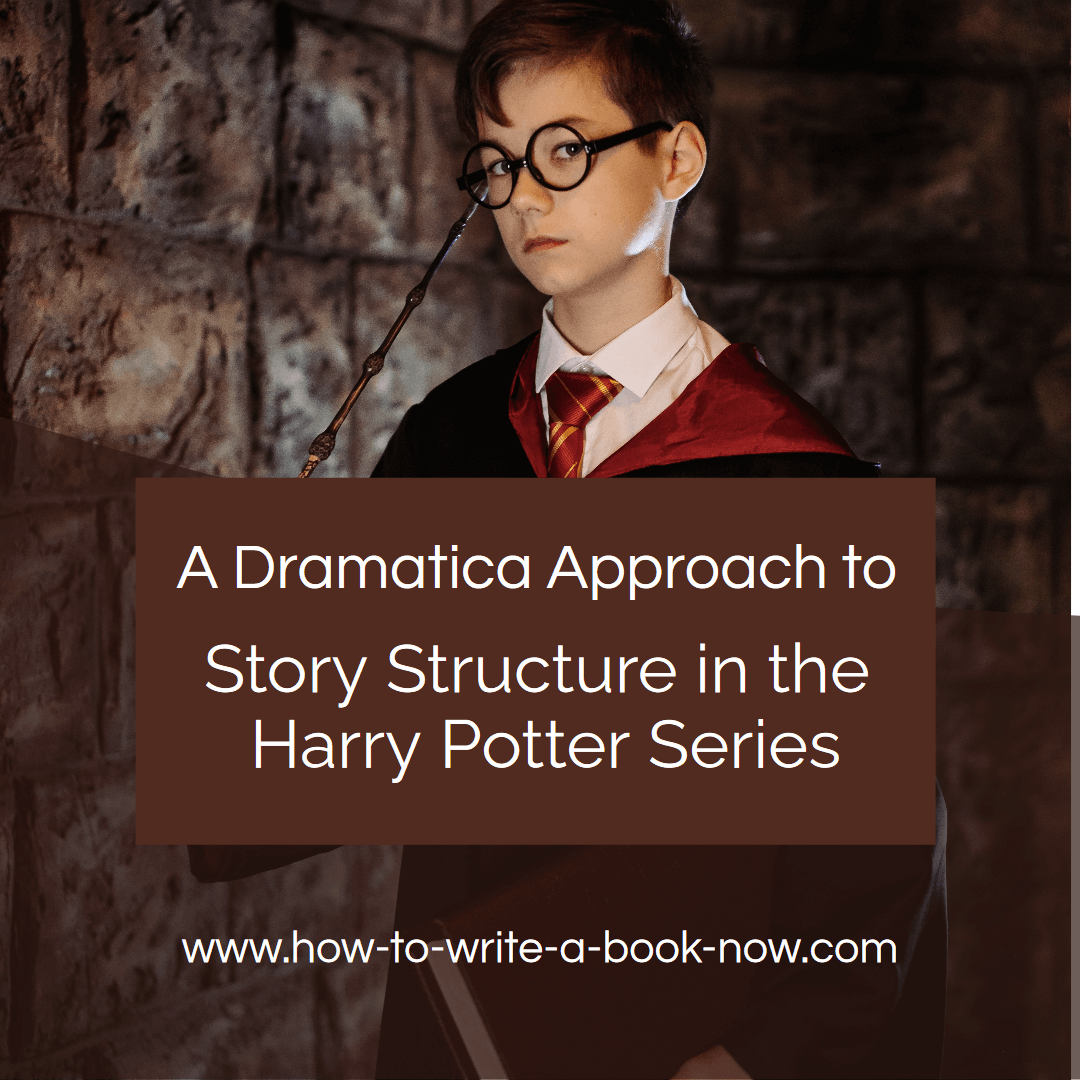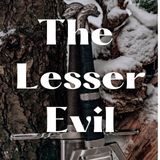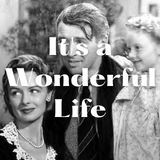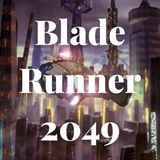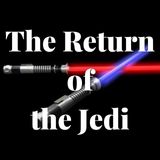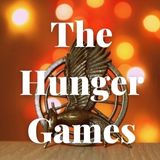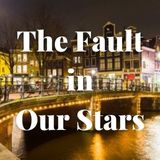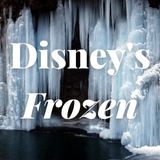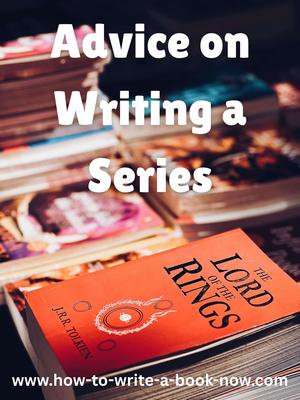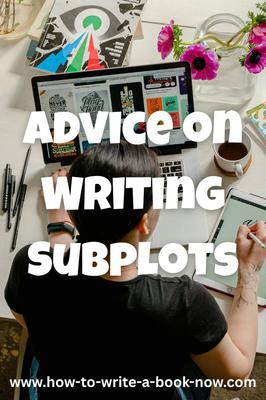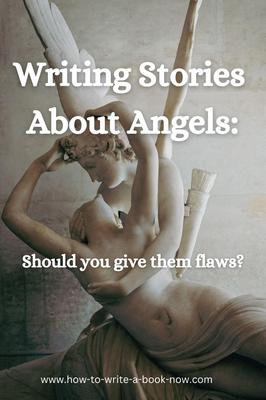Sample Story Analyses
Below we provide a few sample story analyses using Dramatica and other structural approaches. We hope they will help you learn more about how to structure your own stories.
We will stick to popular stories, including films, that readers of this site are more likely to have read or seen. That may mean fewer analyses of literary works, but since literary fiction tends to under-emphasize structure in favour of style, authenticity, and experimentation, literary works do not always offer the clearest examples of story structure.
Incidentally, it is a good exercise whenever you are reading a book or watching a film to try to spot the various plot elements, act divides, and character types. You may also want to do your own analysis of some stories you like in order to develop your awareness of how structure works.
Of course, there is a subjective element to all analysis and different analysts will see stories differently, so don't take these analyses as definitive.
You can find analyses of many more popular films at the Dramatica website. Be aware that these are intended for people with a working knowledge of the Dramatica software. They do not offer explanations or a rationale behind their analyses. (On this site, we try to present the theory in a way that writers can use it without having to purchase the software.)
Story Analyses of Popular Works
The Harry Potter Series: What Dramatica Says About its Structure
In case you're curious how Dramatica might be applied to an entire series as well as individual novels and short stories, here's a quick look at the structure of the Harry Potter series.
Short Story: "The Lesser Evil" from The Witcher Series
An example of the four act structure applied to the short story format, this "sword and sorcery" story shows how to carefully create a moral dilemma for both protagonist and reader as Geralt of Rivia is forced to choose the lesser of two evils.
But is the lesser evil still evil?
It's a Wonderful Life: A Dramatica Analysis
Frank Capra's holiday classic has a lot to teach us about structure, as revealed through the lens of Dramatica theory. Also an excellent example of the thematic struggle between main and impact characters.
Who's the real impact character?
Blade Runner 2049: A Dramatica Analysis
A detailed look at the plot of this SF sequel with its complex thematic argument about what defines humanity.
As with its predecessor, not all questions are answered in this film...
Star Wars: The Return of the Jedi
Using this classic film, we show how Dramatica's concept of the four throughlines works in this well-constructed story about a hero who must choose between temptation and his father's redemption.
The Hunger Games
Here we apply three different story models to the first novel in The Hunger Games series by Suzanne Collins. (Naturally, Dramatica has the most to say.) This highly popular YA dystopian novel falls into a subgenre we like to call Social Psych Tests.
Click here to see the results.
The Fault in Our Stars
Not a classic romance story, because these lovers are somewhat star-crossed, this popular YA novel demonstrates that the principles of story structure can be found at work in character-driven, mainstream novels as well as plot-driven, genre stories.
Frozen
Various other story analyses of this Disney film have been attempted by dramatica experts, and the general consensus is that its structure has a few weaknesses, but that these do not prevent it from being emotionally compelling. Here's our unique take on Frozen.
- Home
- Story Analyses
